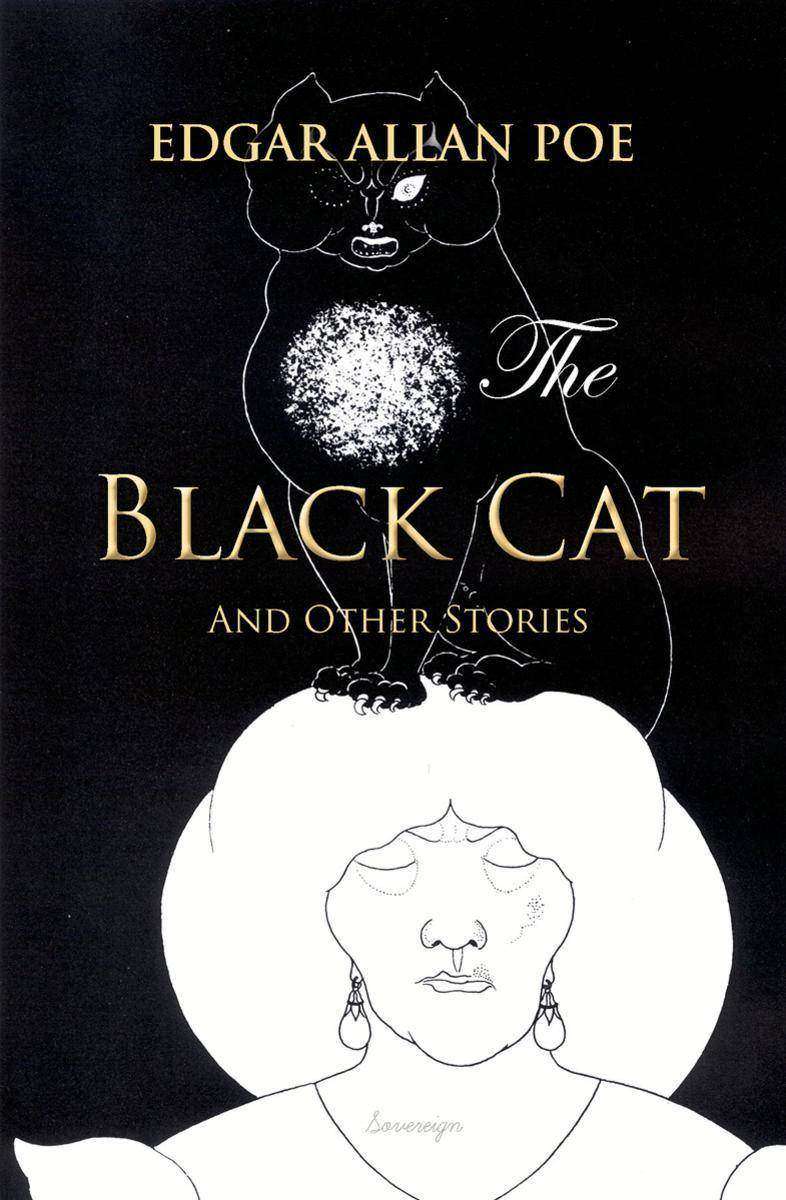
The Black Cat and Other Stories
¥40.79
Our pet-loving narrator injures his black cat under heavy influence of alcohol. From that moment onward, the cat flees in terror at his master's approach but this does not save Pluto from his master and eventually leads to Pluto's death and a mysterious house fire. The mystery does not end there and leads to even more unexpected events. The book features twenty other stories including: The Fall of the House of Usher, The Masque of the Red Death, The Imp of the Perverse.
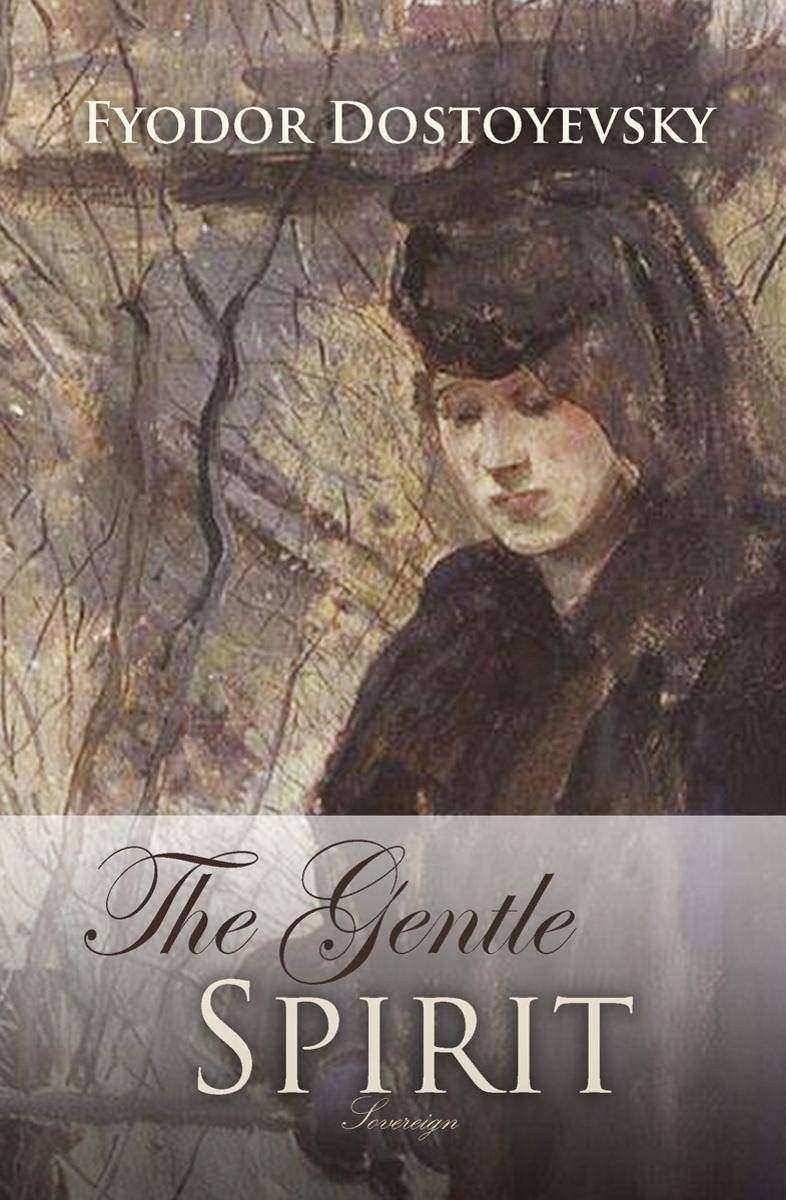
The Gentle Spirit: A Fantastic Story
¥40.79
Can too much love be fatal? You are about to find out in this exquisite psychological drama between the owner of a pawnshop and his wife. The narrator's marriage started out cordially enough, but his miserly and reserved ways are taxing to his young wife. A dearth of communication and disagreements about how the pawnshop should be run result in arguments, though the narrator insists that they never quarrelled. One fine morning the narrator opens his eyes to see that his wife is standing over him with the revolver pointed at his temple.
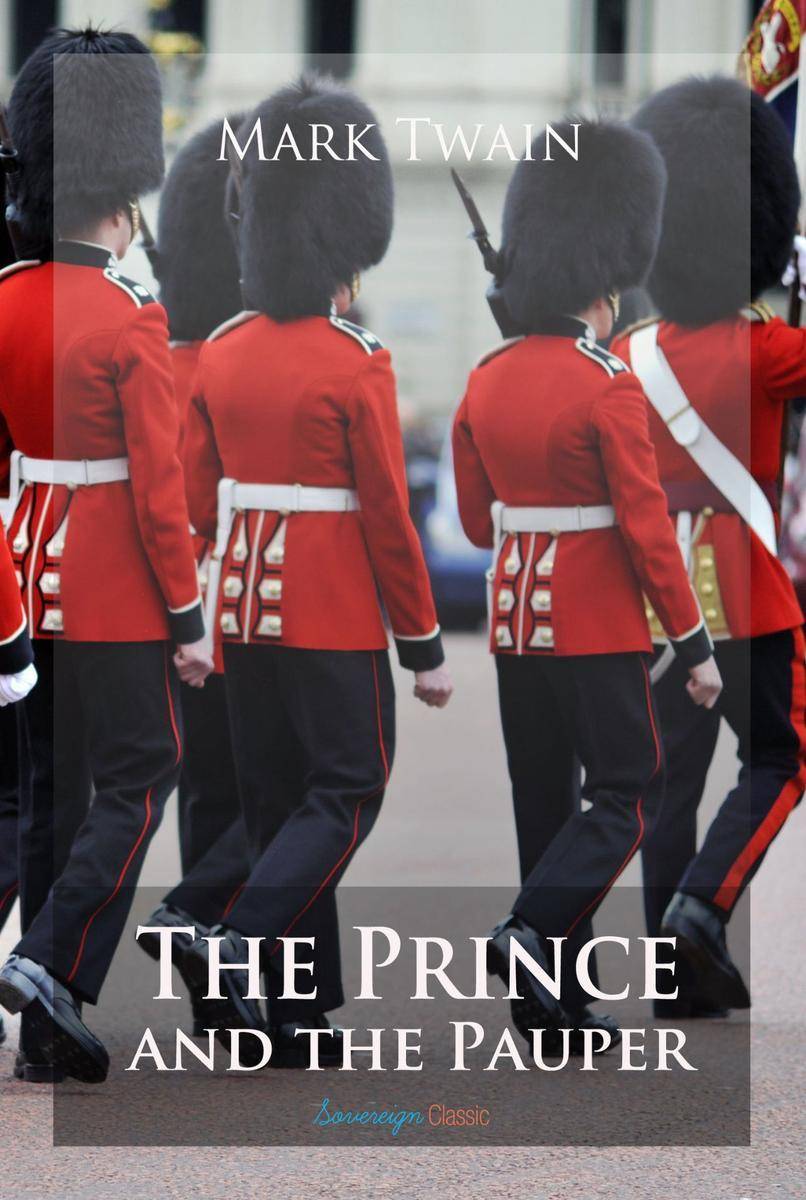
The Prince and the Pauper
¥40.79
The story of two young boys who are identical in appearance: Tom Canty, a pauper who lives with his abusive father in Offal Court off Pudding Lane in London, and Prince Edward, son of King Henry VIII. One day Tom is nearly caught and beaten by the Royal Guards; however, Edward stops them and invites Tom into his palace chamber. There the two boys get to know one another, fascinated by each other's life and their uncanny resemblance. They decide to switch clothes temporarily.
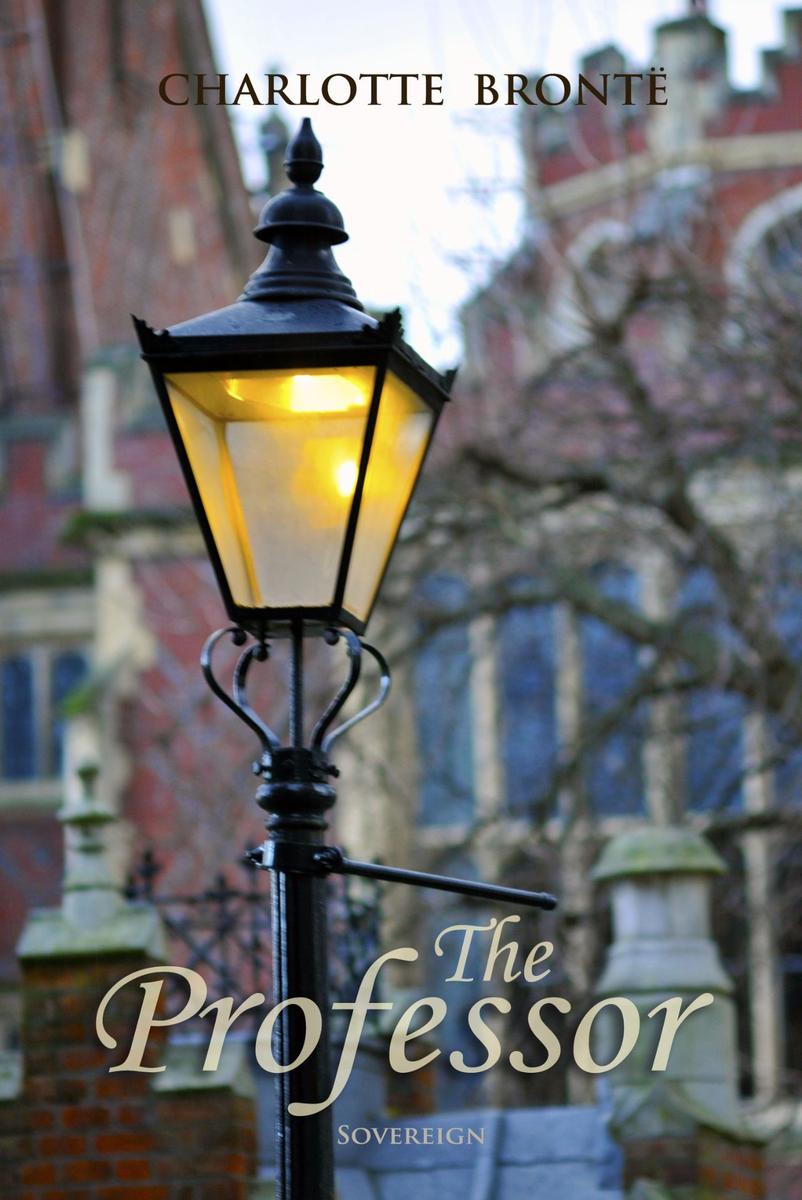
The Professor
¥40.79
The Professor was the first novel by Charlotte Bronte. It was originally written before Jane Eyre and rejected by many publishing houses, but was eventually published posthumously. The novel follows life of a young man, William Crimsworth, and is a first-person narrative from his perspective. It describes his maturation, his loves and his eventual career as a professor at an all-girls school.
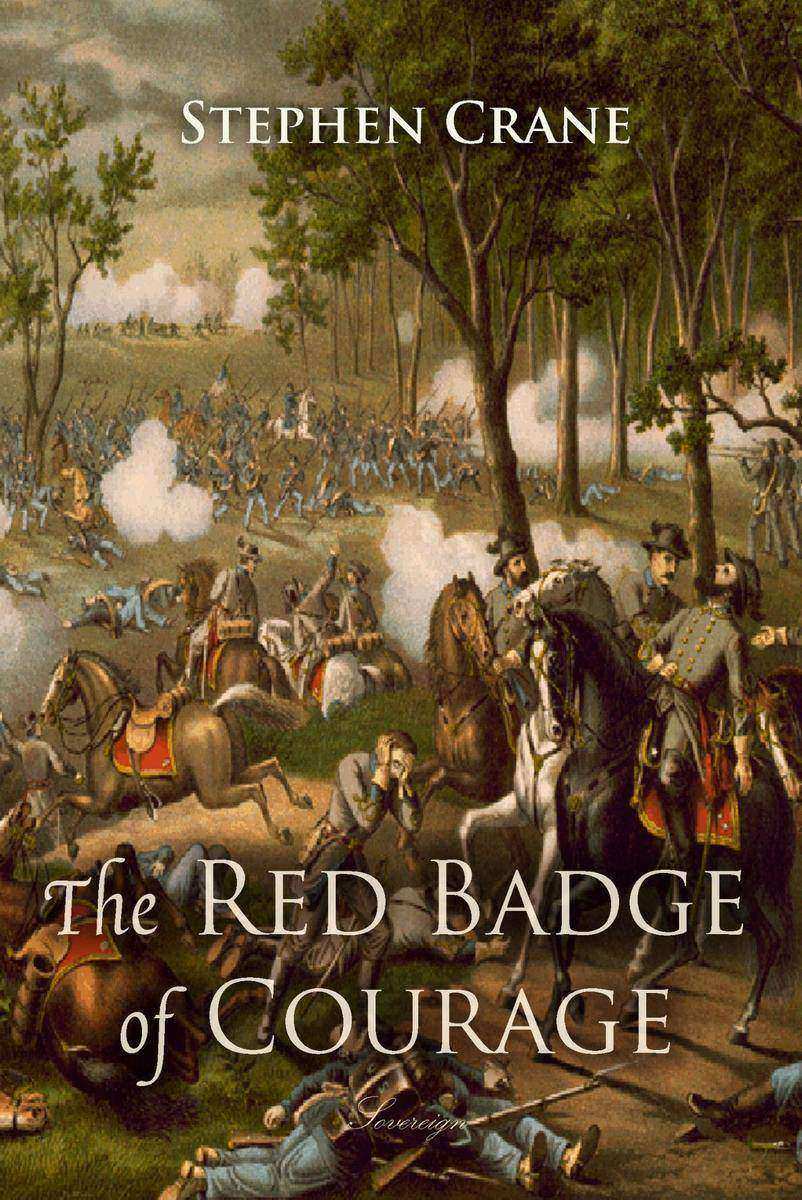
The Red Badge of Courage: An Episode of the American Civil War
¥40.79
The Red Badge of Courage follows events of the American Civil War, and life of a young private of the Union Army, Henry Fleming, who flees from the field of battle. Overcome with shame, he longs for a wound, a red badge of courage, to counteract his cowardice. When his regiment once again faces the enemy, Henry acts as standard-bearer.

The Blue Hotel and Other Stories
¥40.79
Three visitors find shelter from a blizzard at Pat Scully's hotel: a nervous New Yorker known as the Swede, a rambunctious Westerner named Bill, and a reserved Easterner called Mr. Blanc. The Swede becomes increasingly drunk, defensive, and reckless. He is later murdered at the bar.
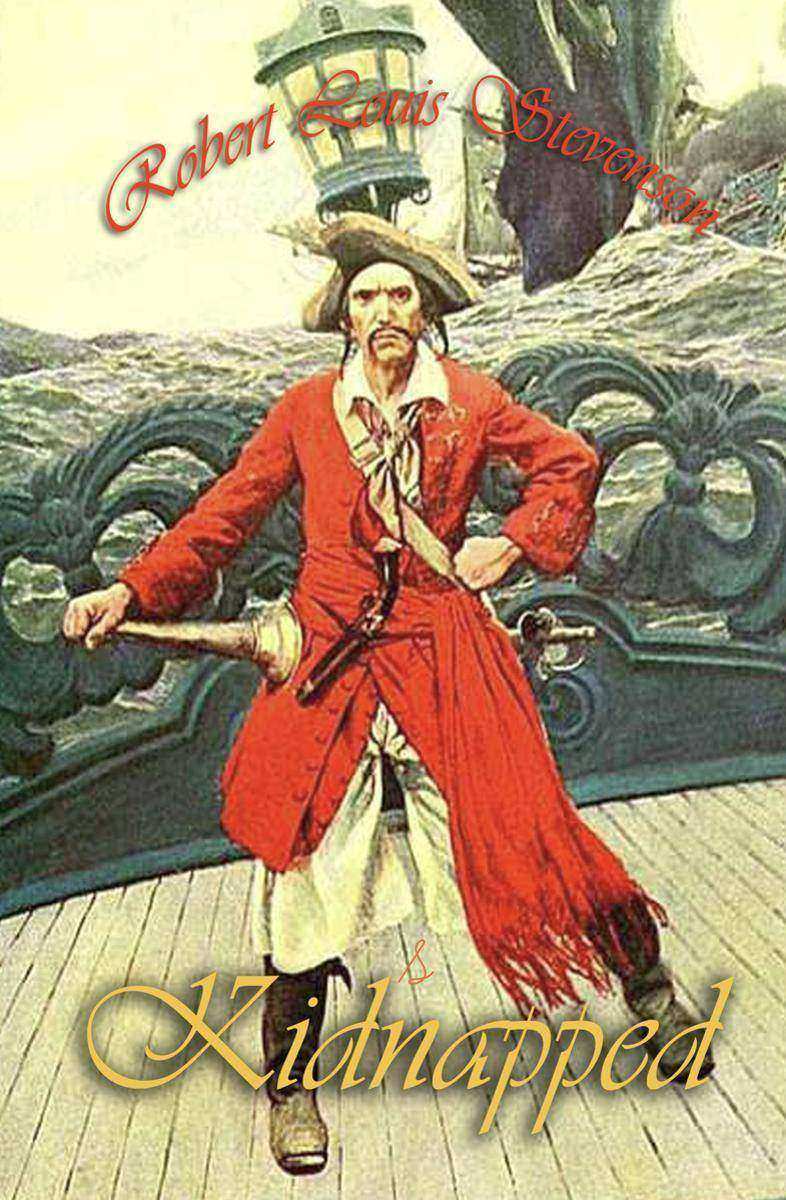
Kidnapped
¥40.79
Kidnapped is a historical adventure novel set around 18th-century Scottish events, notably the Appin Murder, which occurred near Ballachulish in the aftermath of the Jacobite Rising. Many of the characters, and one of the principals, Alan Breck Stewart, were real people.
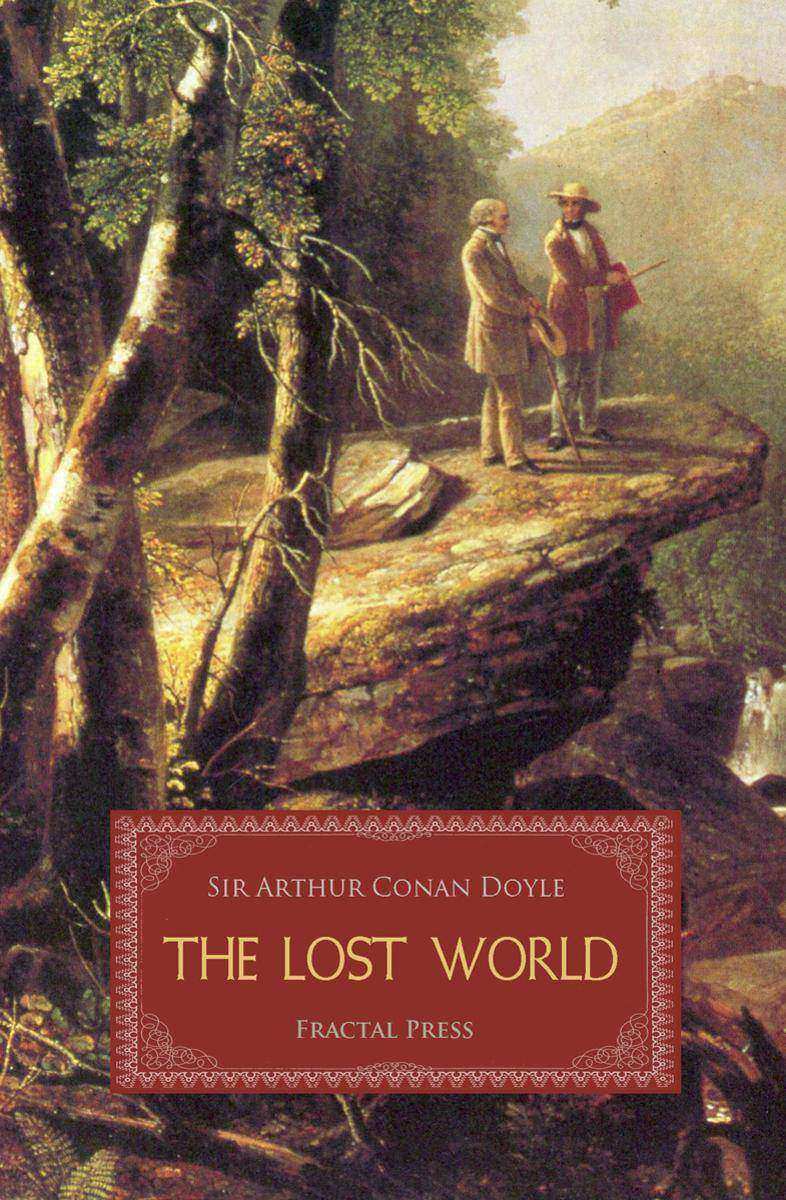
The Lost World
¥40.79
We follow Professor Challenger to a South American plateau in the Amazon basin where dinosaurs and other extinct creatures still survive. A legendary work of science fiction which sparked the Lost World genre.
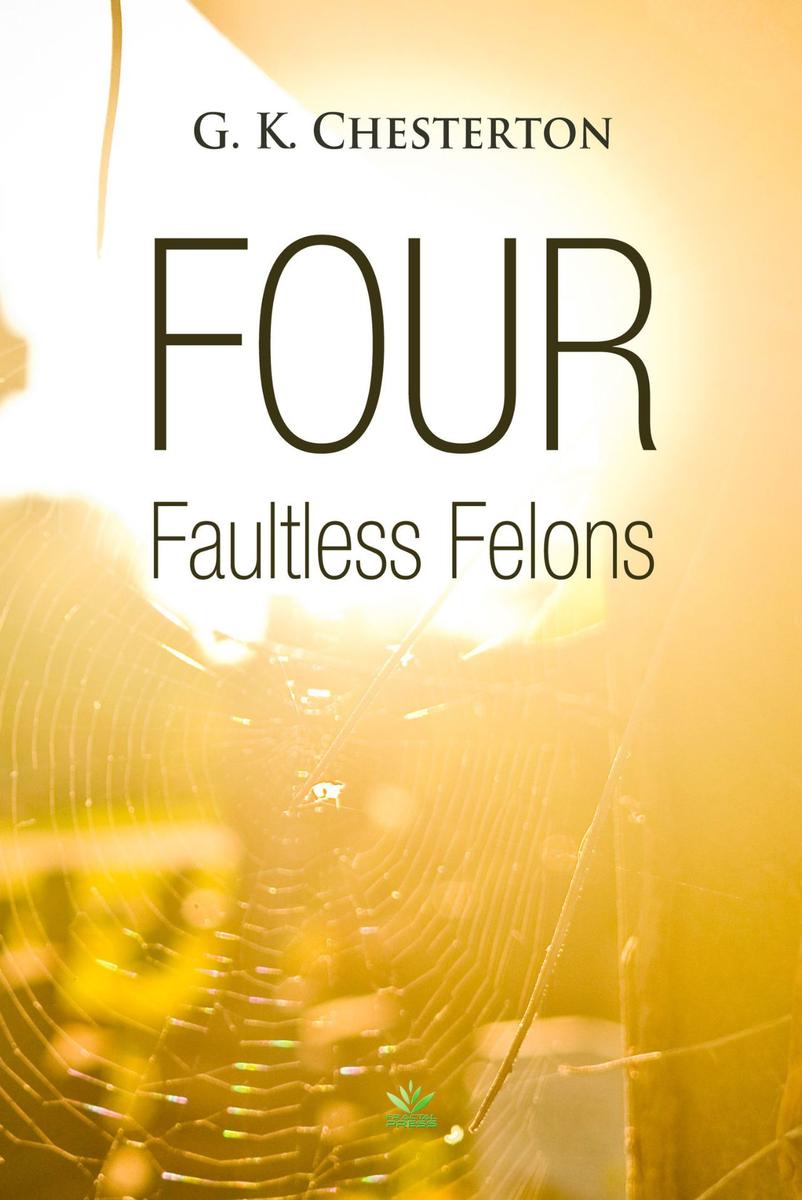
Four Faultless Felons
¥40.79
Four Faultless Felons includes The Moderate Murderer, The Honest Quack, The Ecstatic Thief, and The Loyal Traitor. Chesterton's protagonist's faultless crimes include: murder, fraud, theft, and treason. They are motivated by good intentions of course, by altruism and virtues.
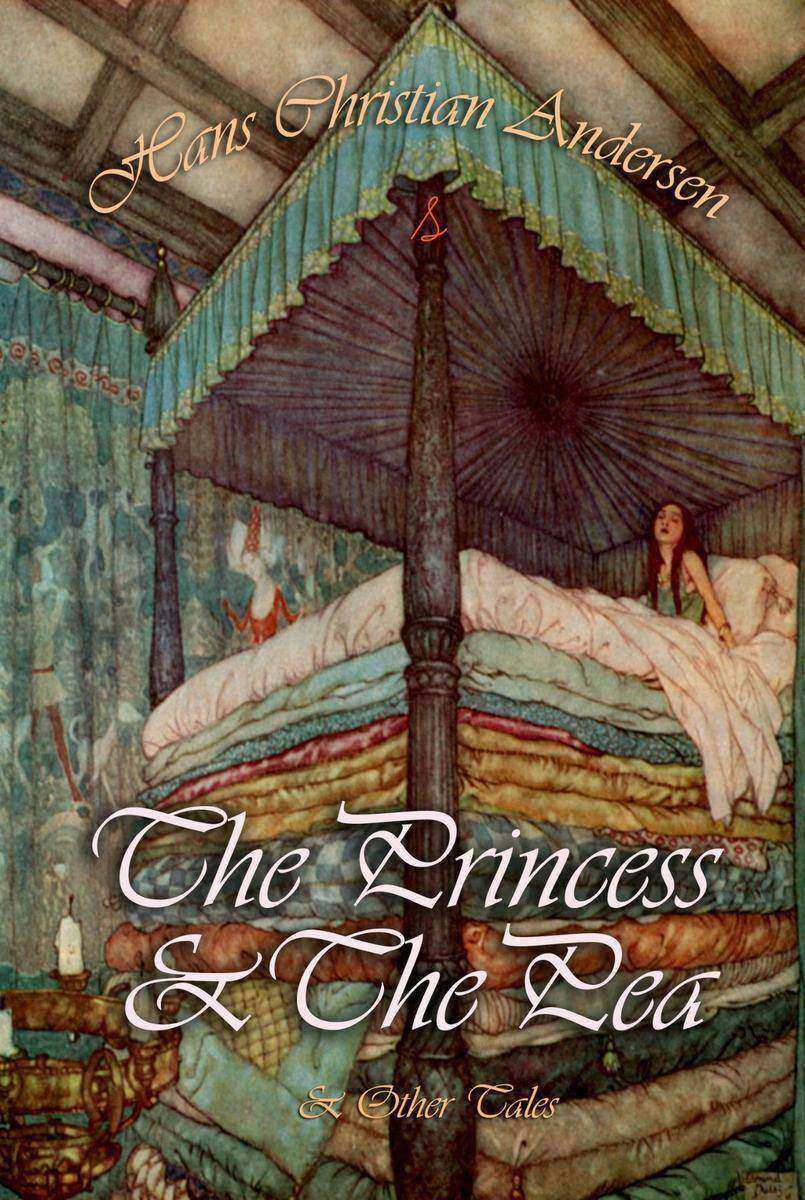
The Princess and The Pea and Other Tales
¥40.79
The story tells of a prince who wants to marry a princess, but is having difficulty finding a suitable wife. One stormy night a young woman drenched with rain seeks shelter in the prince's castle. She claims to be a princess, so the prince's mother decides to test their unexpected guest by placing a pea in the bed she is offered for the night. The Princess and The Pea is one of the twenty stories featured in this timeless collection of fairy tales by Hans Christian Andersen.
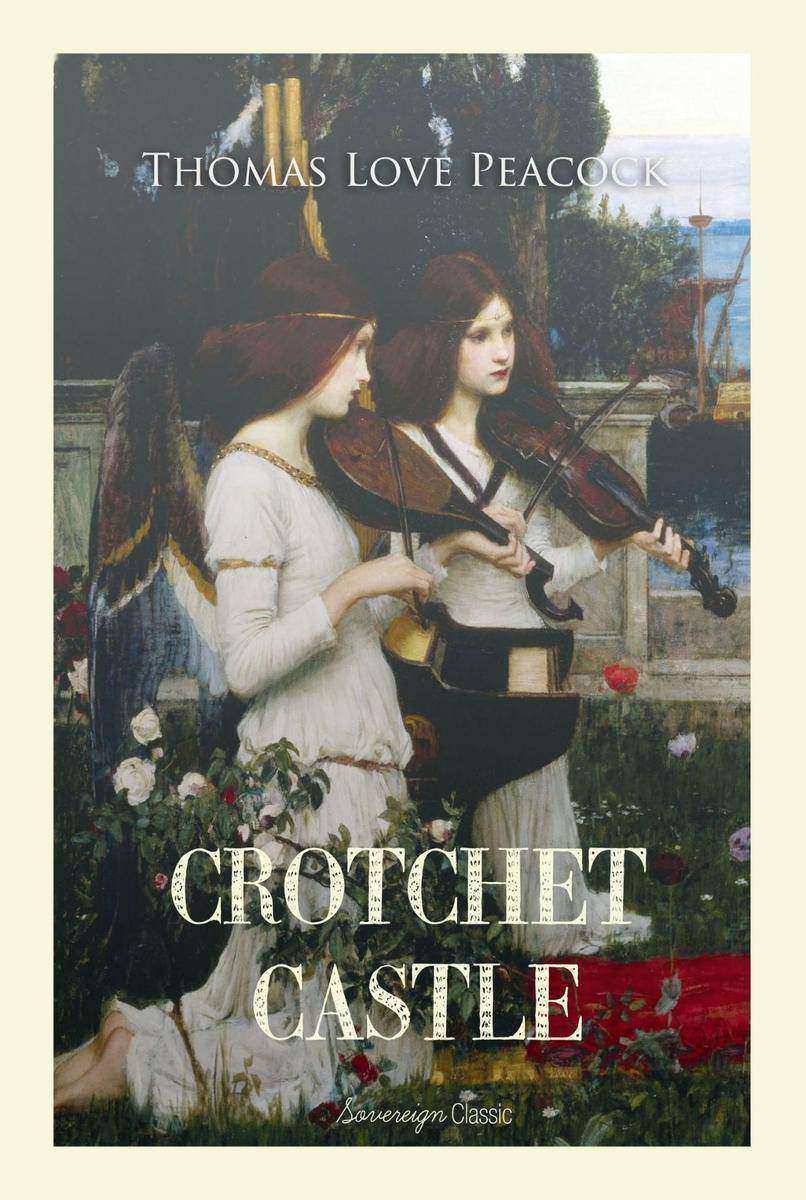
Crotchet Castle
¥40.79
In one of those beautiful valleys, through which the Thames not yet polluted by the tide, the scouring of cities, or even the minor defilement of the sandy streams of Surrey rolls a clear flood through flowery meadows, under the shade of old beech woods, and the smooth mossy greensward of the chalk hills which pour into it their tributary rivulets, as pure and pellucid as the fountain of Bandusium, or the wells of Scamander, by which the wives and daughters of the Trojans washed their splendid garments in the days of peace, before the coming of the Greeks...
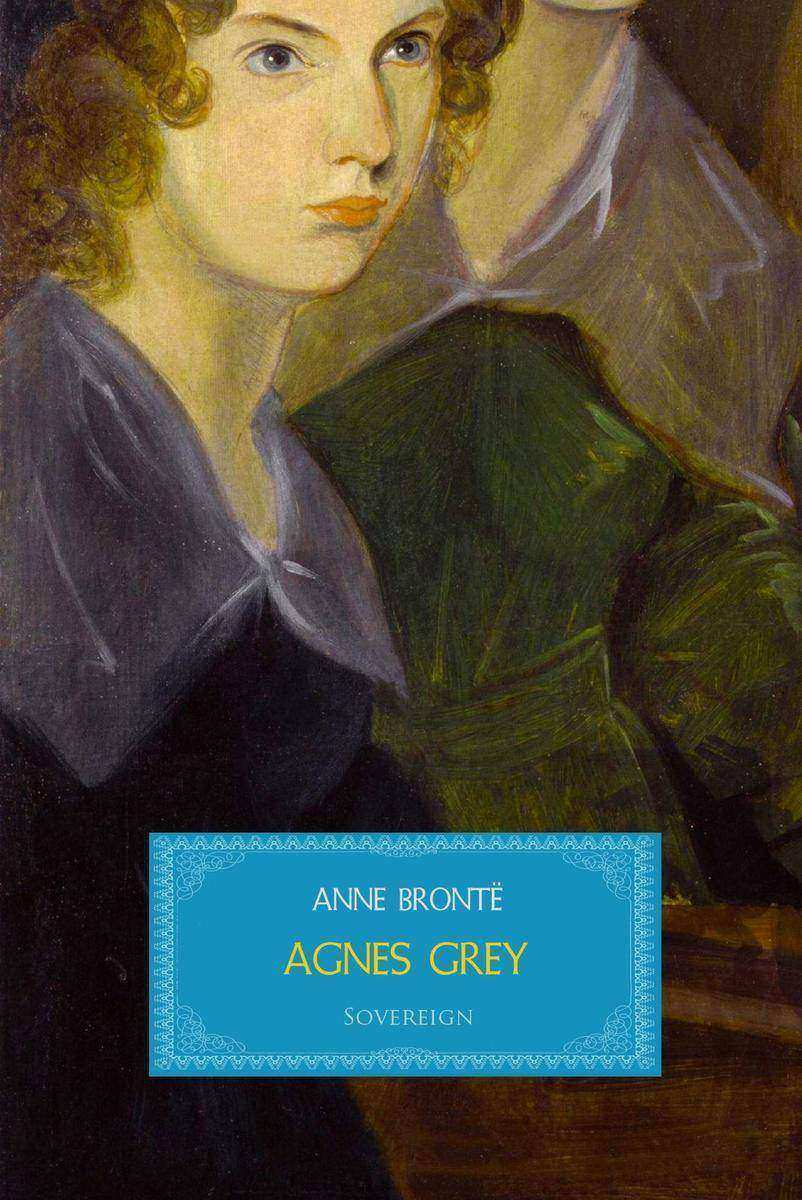
Agnes Grey
¥40.79
The novel follows Anges and her uneasy path to personal happiness and a romance with Mr. Weston. Agnes, her sister, Mary, and their mother all try to keep expenses low and to bring in extra money, but Agnes is frustrated that everyone treats her like a child. To prove herself and to earn money, she starts working as a governess, teaching children of rich families. Agnes Grey is an autobiographical novel with strong parallels between its events and Anne Bronte's own life as a governess.
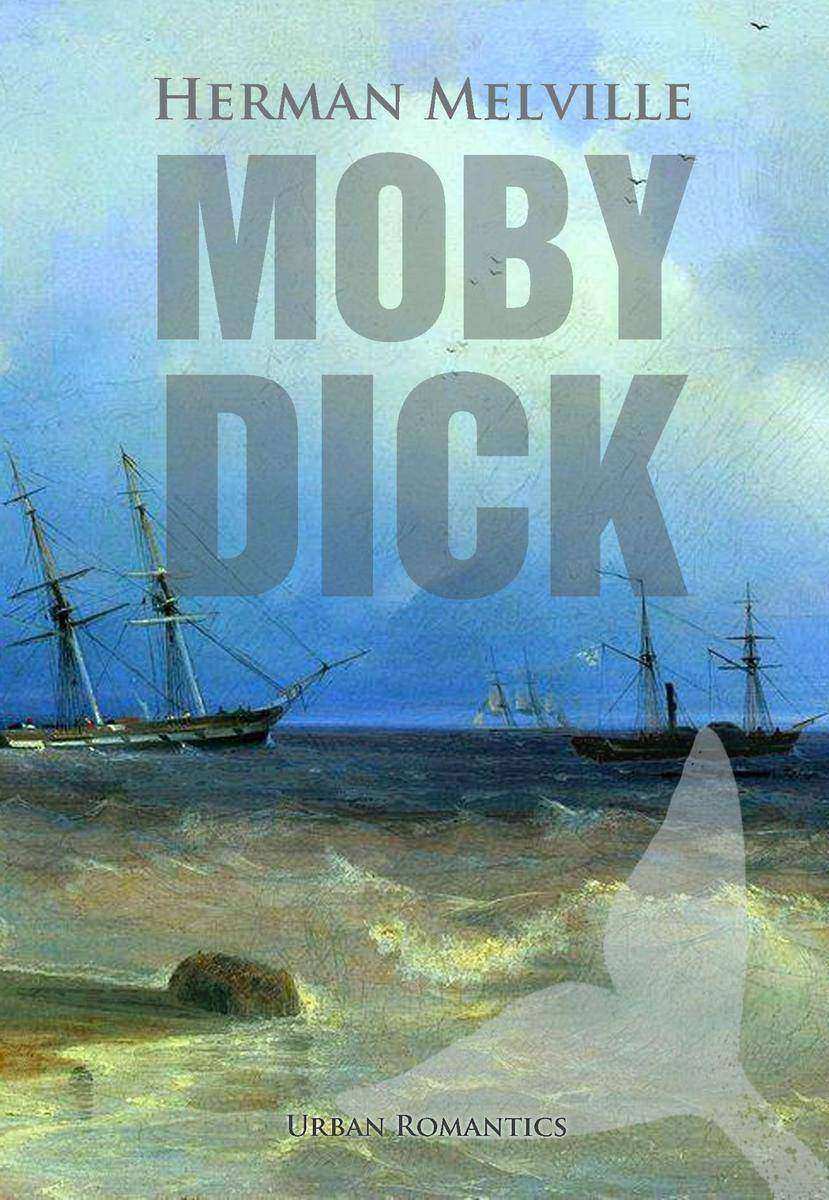
Moby-Dick: The Whale
¥40.79
Moby-Dick, one of the Great American Novels and a treasure of world literature, follows the adventures of wandering sailor Ishmael, and Captain Ahab who seeks out Moby Dick, a ferocious, enigmatic white sperm whale. In a previous encounter, the whale destroyed Ahab's boat and bit off his leg, which now drives Ahab to take revenge.
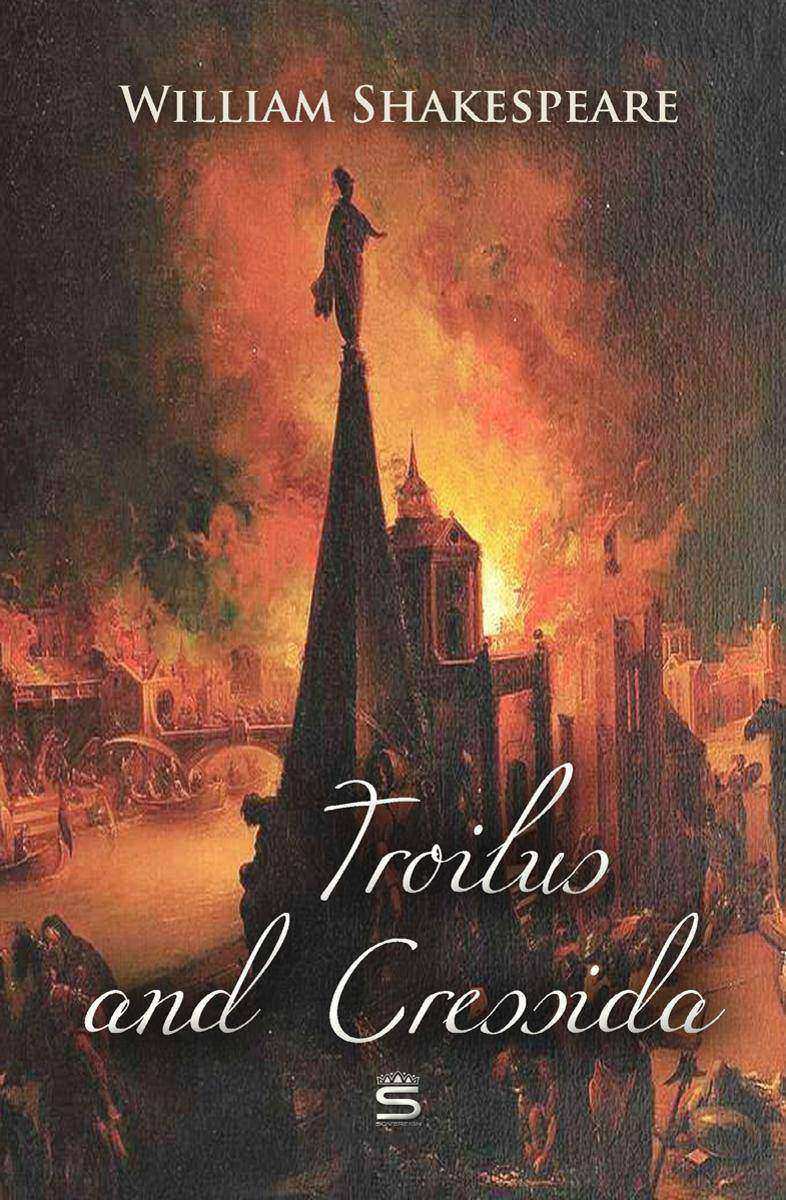
Troilus and Cressida
¥40.79
Troilus and Cressida is set during the later years of the Trojan War, faithfully following the plotline of the Iliad from Achilles' refusal to participate in battle to Hector's death. Troilus, a Trojan prince (son of Priam), woos Cressida, another Trojan. They have sex, professing their undying love, before Cressida is exchanged for a Trojan prisoner of war. As he attempts to visit her in the Greek camp, Troilus glimpses Diomedes flirting with his beloved Cressida, and decides to avenge her perfidy.
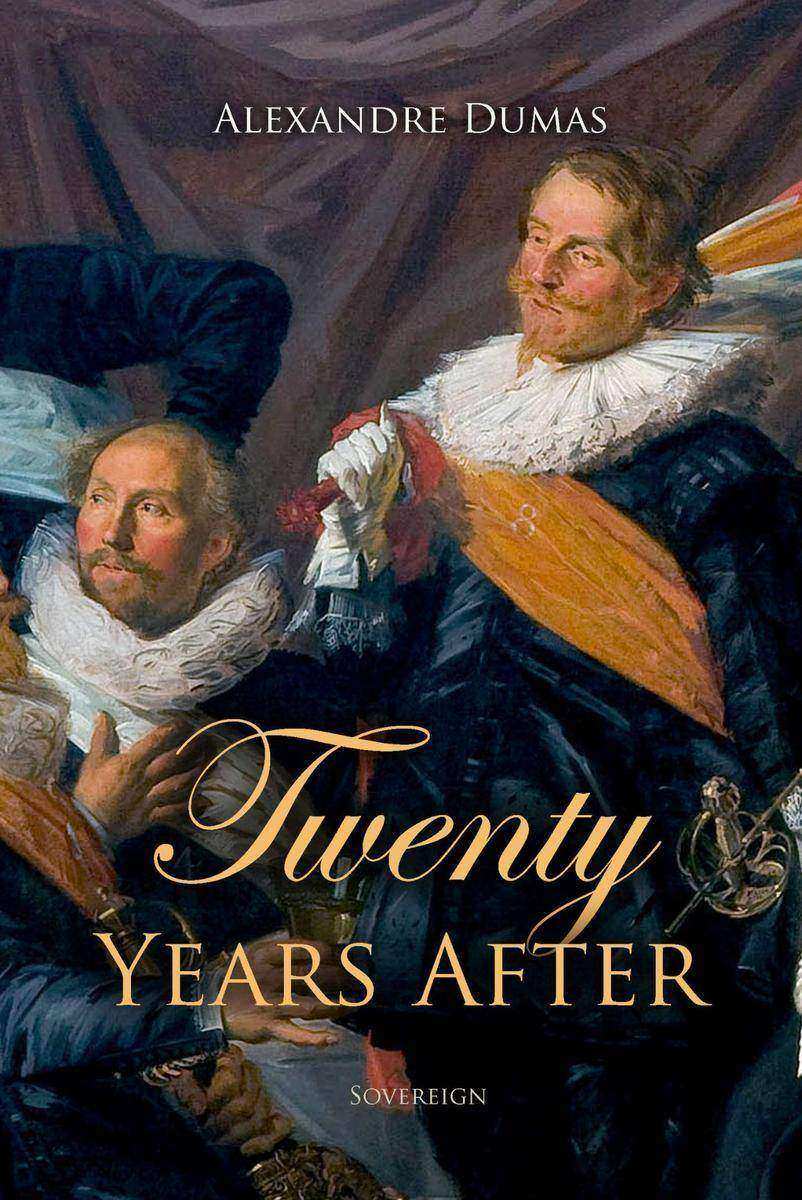
Twenty Years After
¥40.79
In this sequel to The Three Musketeers, we continue following adventured of a young man named d'Artagnan. This story follows events in France during La Fronde, during the childhood reign of Louis XIV, and in England near the end of the English Civil War, leading up to the victory of Oliver Cromwell and the execution of King Charles I.
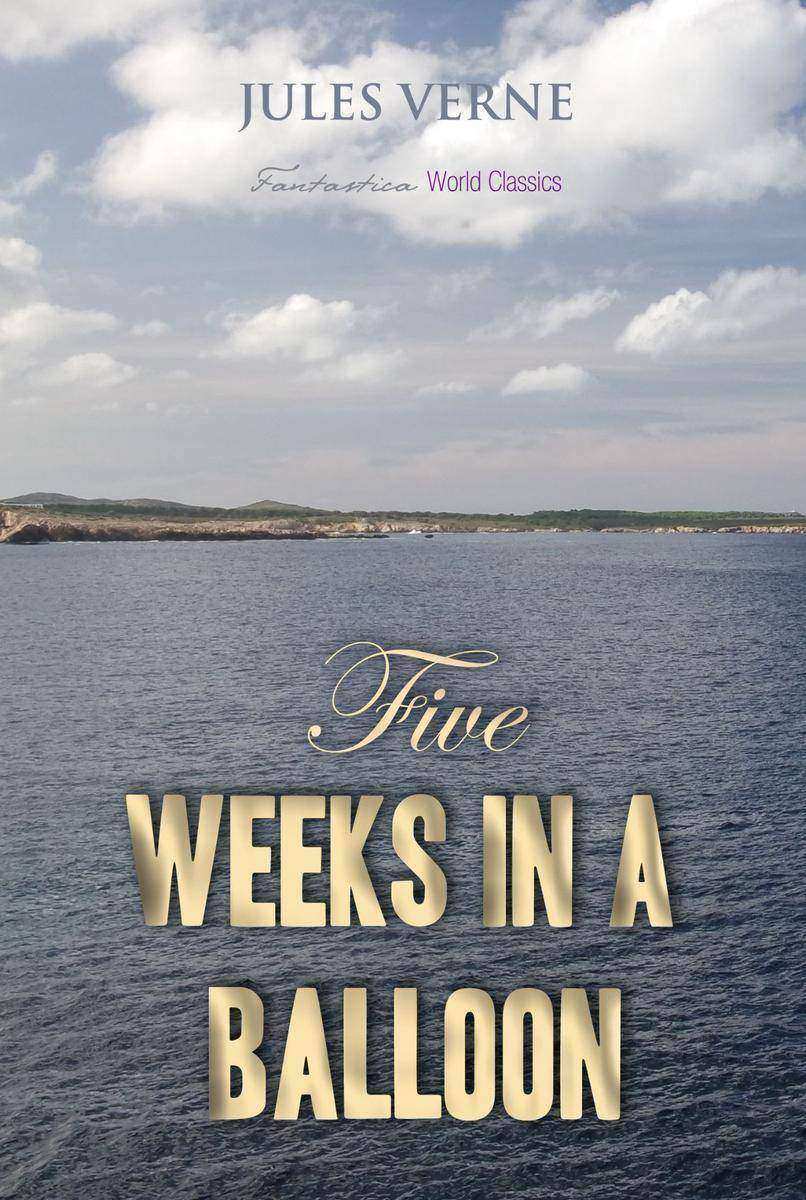
Five Weeks in a Balloon
¥40.79
A scholar and explorer, Dr. Samuel Ferguson, accompanied by his manservant Joe and his friend professional hunter Richard Kennedy, sets out to travel across the African with the help of a balloon filled with hydrogen. The balloon itself ultimately fails before the end, but makes it far enough across to get the protagonists to friendly lands, and eventually back to England, therefore succeeding in the expedition.

Dubliners
¥40.79
Ireland is at a crossroads of history and culture, and so are the characters in Joyce's collection of fifteen stories in this book. The initial stories are narrated by child protagonists, and later deal with the lives and concerns of progressively more mature characters. The stories centre on Joyce's idea of an epiphany: a moment where a character experiences self-understanding or illumination.
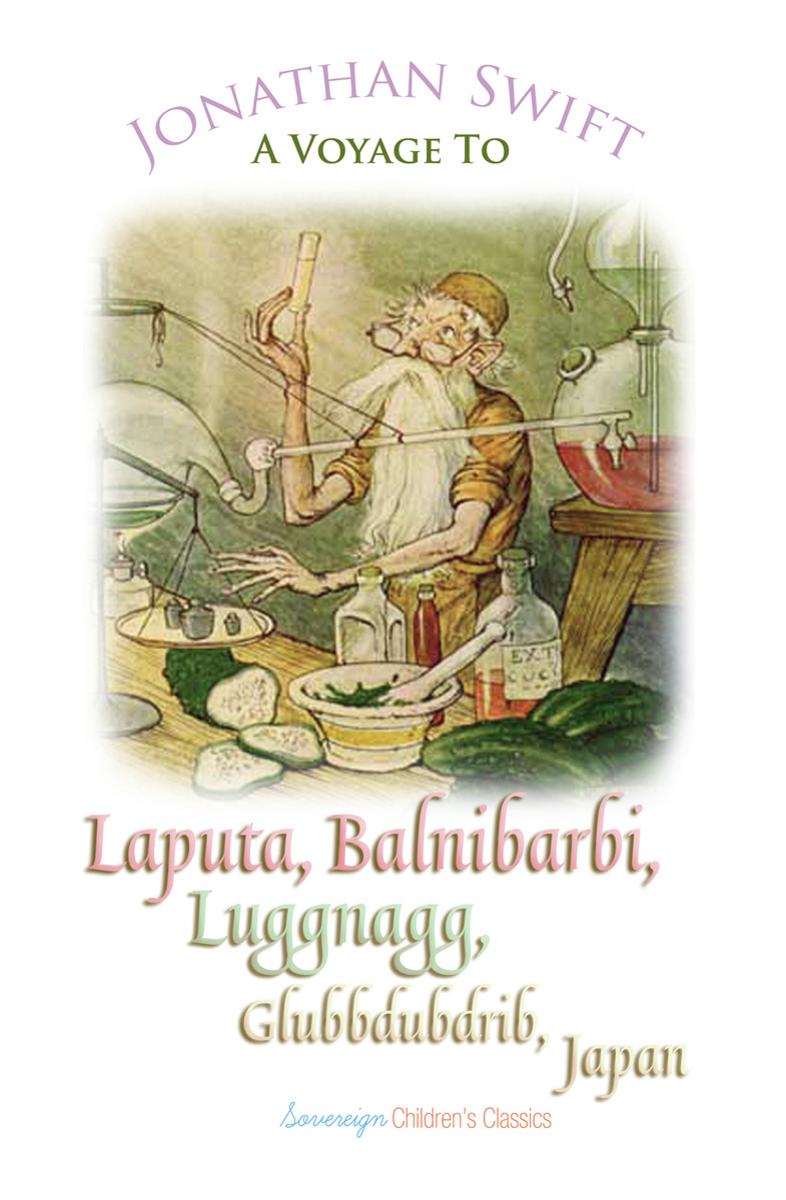
A Voyage to Laputa, Balnibarbi, Luggnagg, Glubbdubdrib and Japan
¥40.79
Gulliver sets sail again and, after an attack by pirates, ends up in Laputa, where a floating island inhabited by theoreticians and academics oppresses the land below, called Balnibarbi. The scientific research undertaken in Laputa and in Balnibarbi seems totally inane and impractical, and its residents too appear wholly out of touch with reality. Taking a short side trip to Glubbdubdrib, Gulliver is able to witness the conjuring up of figures from history, such as Julius Caesar and other military leaders, whom he finds much less impressive than in books. After visiting the Luggnaggians and the Struldbrugs, the latter of which are senile immortals who prove that age does not bring wisdom, he is able to sail to Japan and from there back to England.
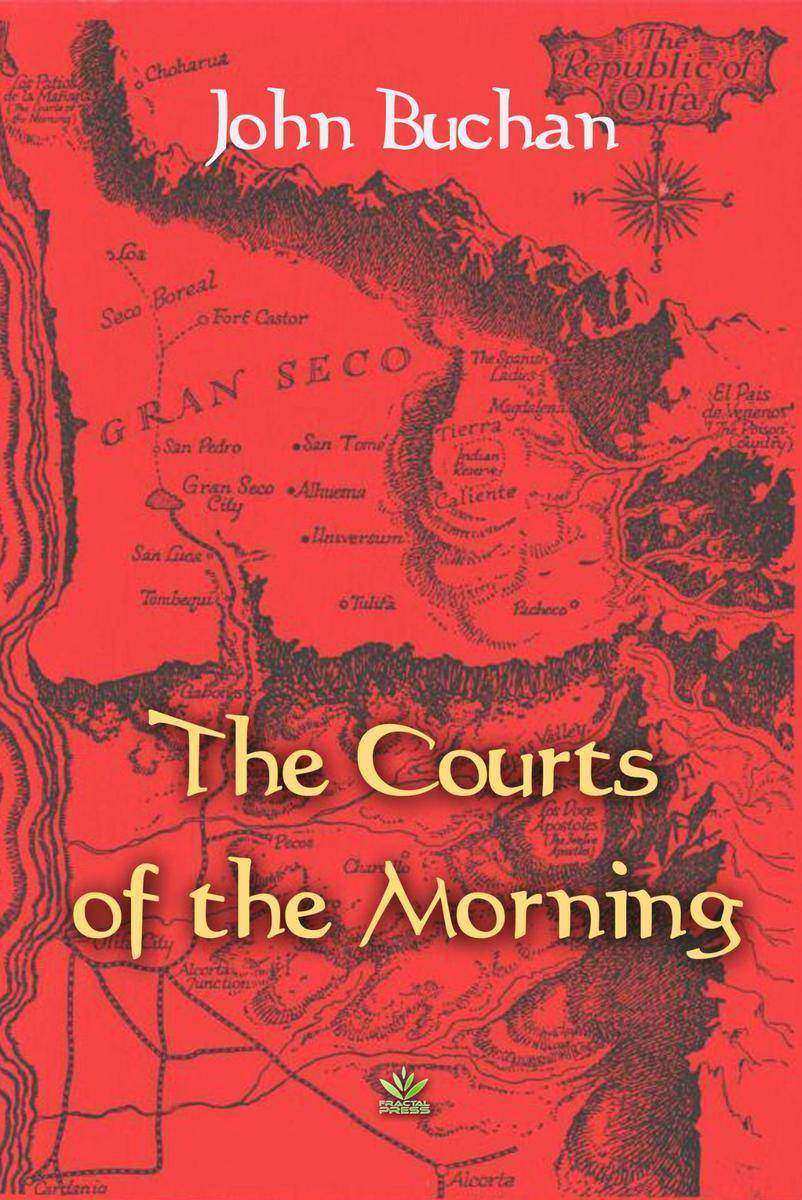
The Courts of the Morning
¥40.79
Sandy Arbuthnot's friend John Blenkiron discovers that a charismatic industrial tycoon is plotting to rule the world from his base in the small South American country of Olifa. Sandy decides to lead a revolution to scuttle the plot and allow the Olifans to decide their own fate.
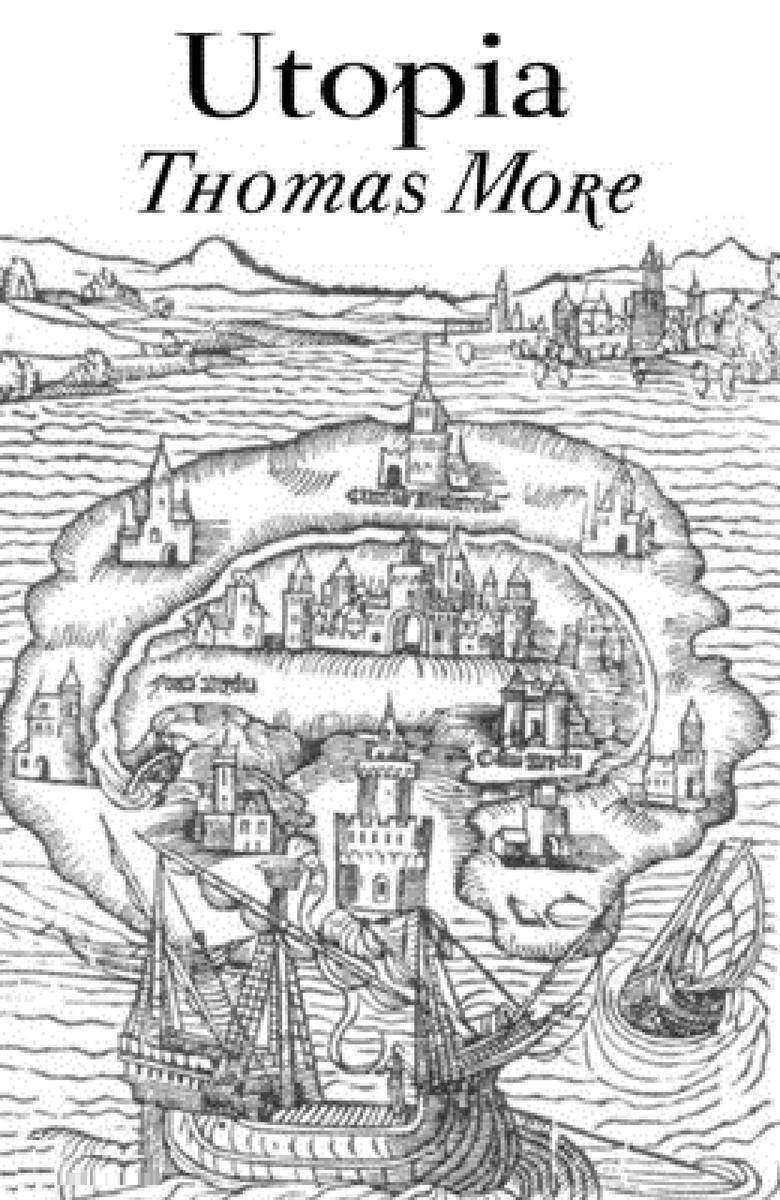
Utopia
¥40.79
Utopia
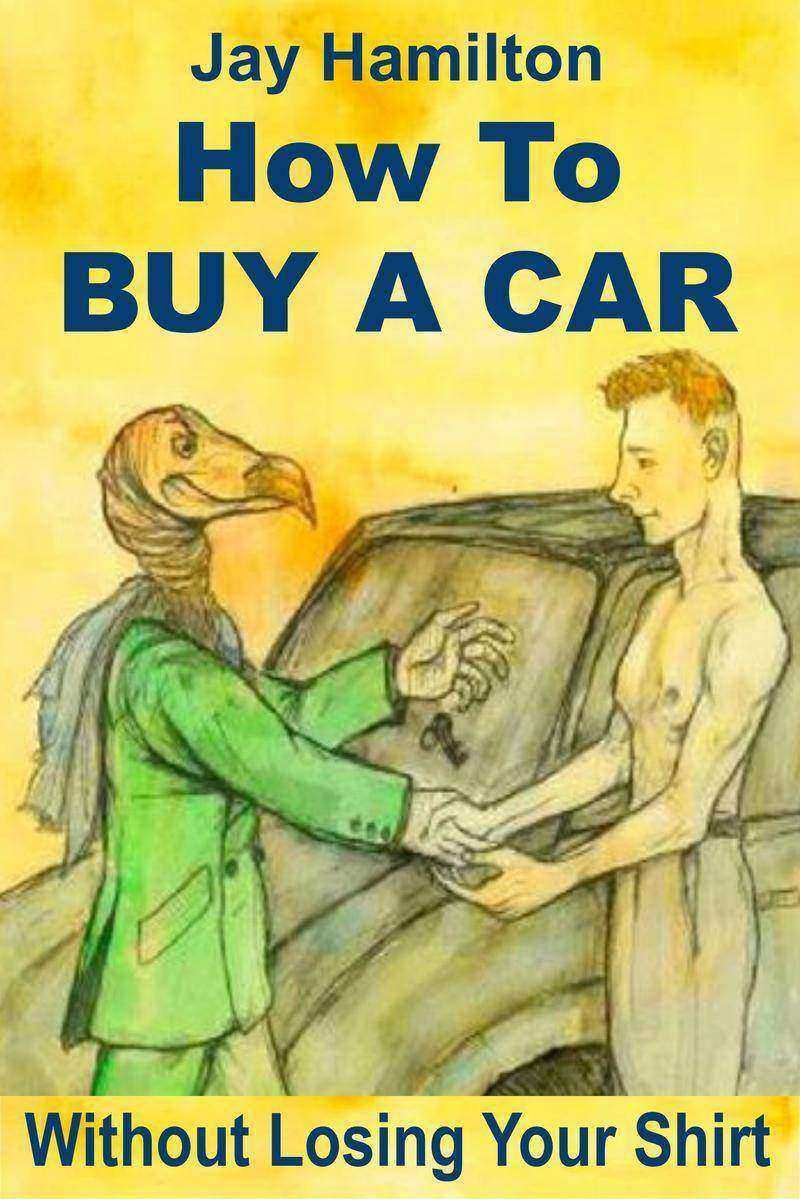
How to Buy a Car Without Losing Your Shirt
¥40.79
How to Buy a Car Without Losing Your Shirt




 购物车
购物车 个人中心
个人中心



